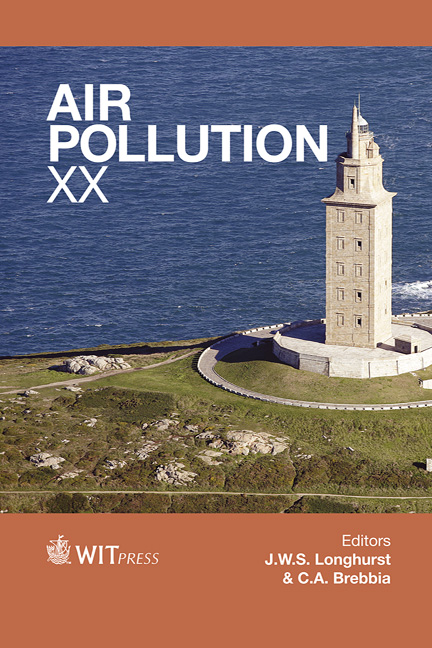Performance Evaluation Of Air Quality Dispersion Models At Urban Intersection Of An Indian City: A Case Study Of Delhi City
Price
Free (open access)
Transaction
Volume
157
Pages
11
Page Range
249 - 259
Published
2012
Size
671 kb
Paper DOI
10.2495/AIR120221
Copyright
WIT Press
Author(s)
M. Khare, S. Nagendra & S. Gulia
Abstract
Air quality modelling plays an important role in formulating air pollution control and management strategies by providing guidelines for better and more efficient air quality planning. Several air quality dispersion models are used to evaluate the urban air quality. The performance and efficiency of an air quality model are mainly depends upon the accurately interpretations of the complex interactions between various atmospheric, emission and topographic parameters involved in the air pollution problem. In this paper, four state-of art air quality models like AERMOD, ADMS- Urban, ISCST3 and CALINE4 and two codes i.e. GFLSM and DFLSM (based on Gaussian principle) have been used to predict the air quality of an urban intersection of Delhi city, India, followed by their performance evaluation. These models are applied to predict the concentration of Carbon monoxide (CO), Nitrogen dioxide (NO2) and PM2.5 (size less than 2.5 micron) which are one of the major components of vehicular exhaust emissions. The performance of all models/codes have been evaluated using standard statistical descriptor like Index of Agreement (d), Factor of 2 (FAC2), Fractional Bias (FB), Normalized Mean Square Error (NMSE), Geometric Mean Bias and Geometric Mean Variance. The index of agreement (d) value for CO concentration indicates that ISCST3 model (d=0.69) performs satisfactorily when compared with AERMOD (d=0.50) and ADMS-Urban (d=0.45) for winter period. The performances of CALINE 4, DFLSM and GFLSM have been observed not satisfactory having d values less than 0.4. Further, the ADMS – urban has performed satisfactorily in predicting
Keywords
air quality models, Vehicular pollution, AERMOD, ADMS—urban, ISCST3, CALINE4, GFLSM, DFLSM, statistical descriptors and model evaluation





